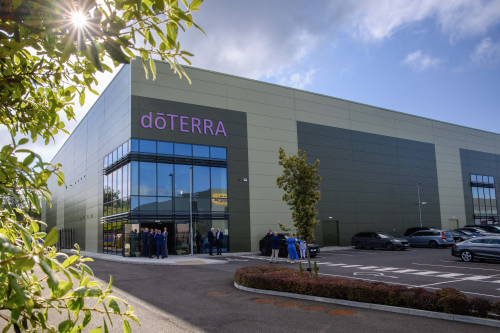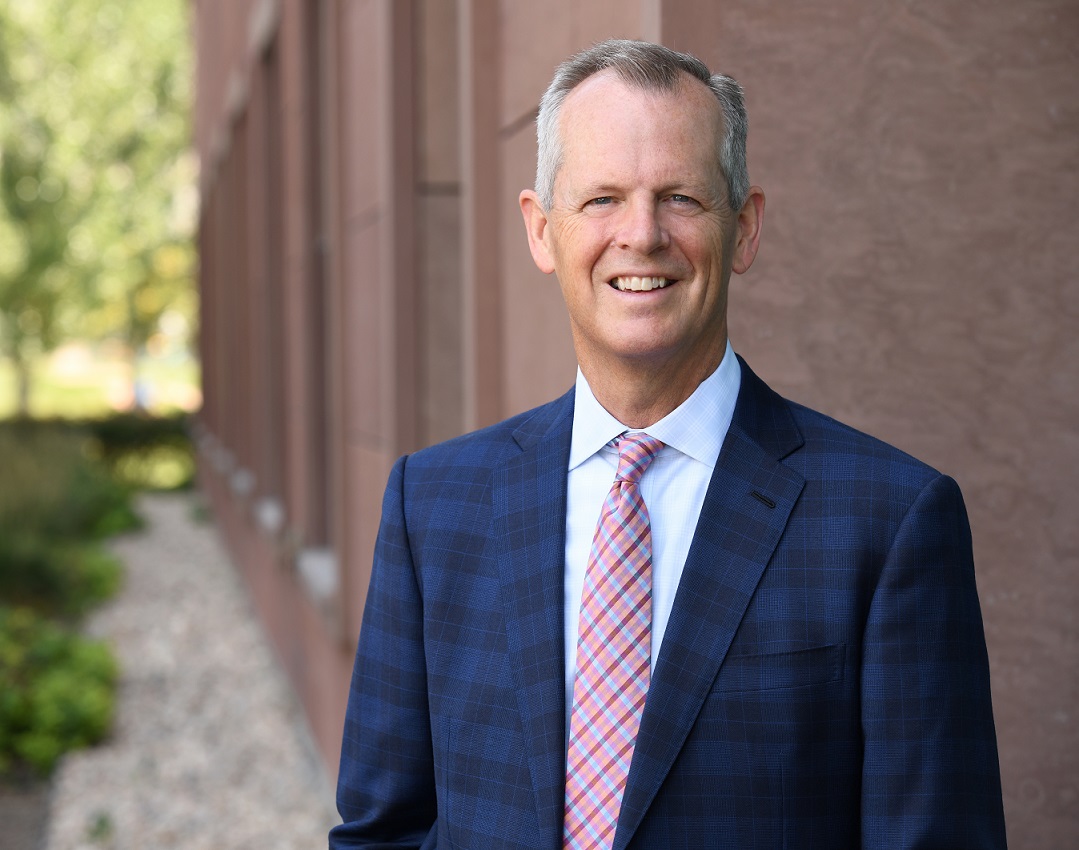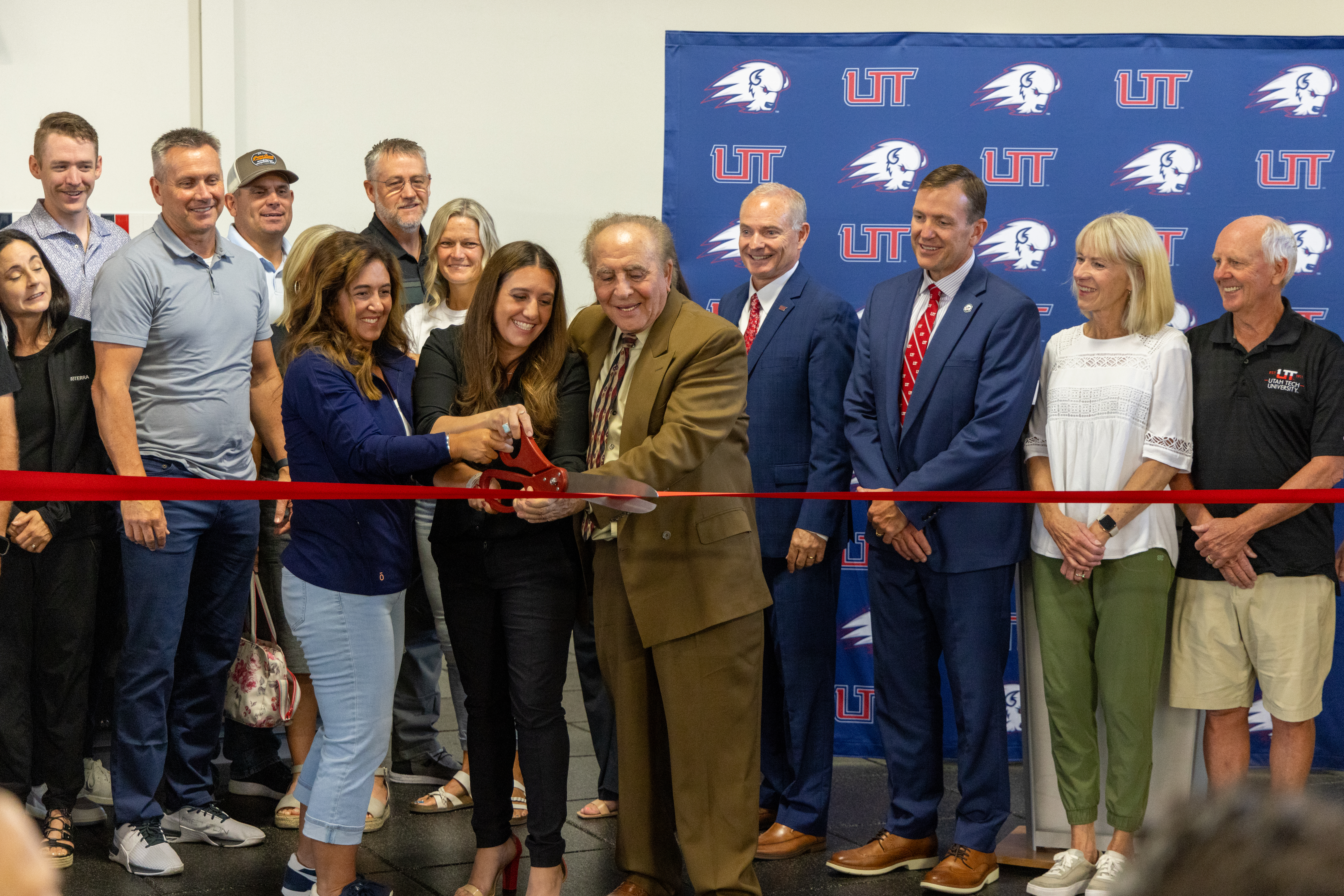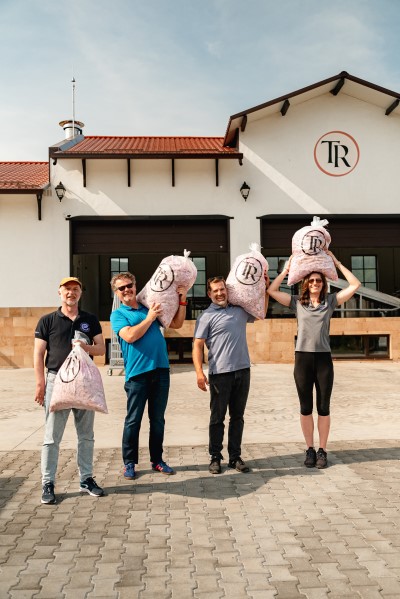News
How Artificial Intelligence is Helping Regrow Somaliland’s Frankincense and Myrrh, One Tree at a Time
At first glance, the machine learning trailblazer, Deep Planet, and the essential oil giant, doTERRA, may not seem like they have a lot in common. Deep Planet uses artificial intelligence to help the planet, and doTERRA enriches people and communities through natural health and wellness solutions. But the effects of deforestation in the Cal Madow region of Somaliland, one of the world’s most unique biomes, has changed how doTERRA and Deep Planet are approaching sustainable sourcing and harvesting of frankincense.
How It Started
More than three years ago, Deep Planet and doTERRA partnered together to build an algorithm and tools to piece together for the first time in history a comprehensive view of the Cal Madow region in Somaliland. By using satellite imagery and artificial intelligence to monitor the area’s natural resources such as weather, soil, moisture, and more, Deep Planet’s machine learning tools looked at previous agricultural trends to advise doTERRA on what the future conditions in Somaliland could be – particularly as they relate to the different frankincense and myrrh tree species growing there. In other words, Deep Planet’s advanced technology has allowed doTERRA to take restorative and preventative action to help preserve existing frankincense and myrrh trees, as well as understand current and future forecasted natural regrowth rates for the trees. This mapping helps to provide a more sustainable frankincense and myrrh traceability program and to empower local harvesters with knowledge of their land and tree health.
Natalie Efremova, co-founder, and Chief Technology Officer of Deep Planet said, “To be sustainable, it’s very important to use nature-based solutions. We’re not cutting greenhouse emissions; we are using nature to help restore nature.”
But using nature to restore nature is not easy. From ensuring the satellite is at the exact angle to capture high-resolution imagery to Somaliland experiencing the worst drought conditions the region has seen in the last 40 years, it has been a difficult task that both Deep Planet and doTERRA remain committed to confronting.

Map showing Site 1 and Site 2 with yellow dots representing ground data provided by doTERRA
Sushma Shankar, co-founder and Chief Operating Officer of Deep Planet, said, “The doTERRA team was very supportive in collecting data points so we could build the technology necessary to monitor individual trees. They were very collaborative in understanding the drawbacks of the technology and provided input and feedback as to how we can improve this technology to help the team on the ground.”
How It’s Going
Since doTERRA’s partnership with Deep Planet, the monitoring of Frankincense trees in the Cal Madow region has yielded incredible results. The collected satellite data has identified the growing patterns of Frankincense trees from 18 regions within the last 30 years and most importantly, it has helped Deep Planet identify the key reasons for why the region is experiencing deforestation and a lack of growth in the first place.
“We’ve had access to satellite data from 1987 to 2022; that’s more than 30 years of data to observe trends on the health of each individual tree in the region. We’ve seen many climate conditions that are affecting tree health, as well as sediment rises, infrastructure development, people cutting down trees, and water scarcity. We feel that doTERRA is ahead of the curve because they are using this data to drive their sustainability measures on the ground and are looking at the ways they can mitigate stress in the area. We don’t usually see many companies making such great efforts to address these issues,” said Shankar.

While doTERRA’s actions and Deep Planet’s work in Somaliland is unprecedented in the technology and essential oil industry, it is not enough to completely solve the deforestation pressures in Somaliland. However, every step helps support doTERRA’s mission to keep driving sustainable harvesting practices and to keep making informed supply chain decisions with Deep Planet’s support.
An image of common landscapes found in Somaliland
“Any nature-based solution or whatever you do with the land is helpful, especially with the help of the local population to help restore the trees and to harvest them mindfully. It’s all about informing the local population about what can and cannot be done. This is all very helpful in our efforts to preserve these trees,” said Efremova.
How It Ends... or Does It?
The work of sustainability is never over. Living sustainably requires just that—living.
“We’re very serious about sustainability. We believe that every culture can thrive only if we manage to become sustainable, use less resources, and increase the yields at the same time,” said Efremova.
Through partnerships with companies like Deep Planet, doTERRA will continue its lifelong commitment to source the healing gifts of the earth intentionally and sustainably, one tree at a time.



